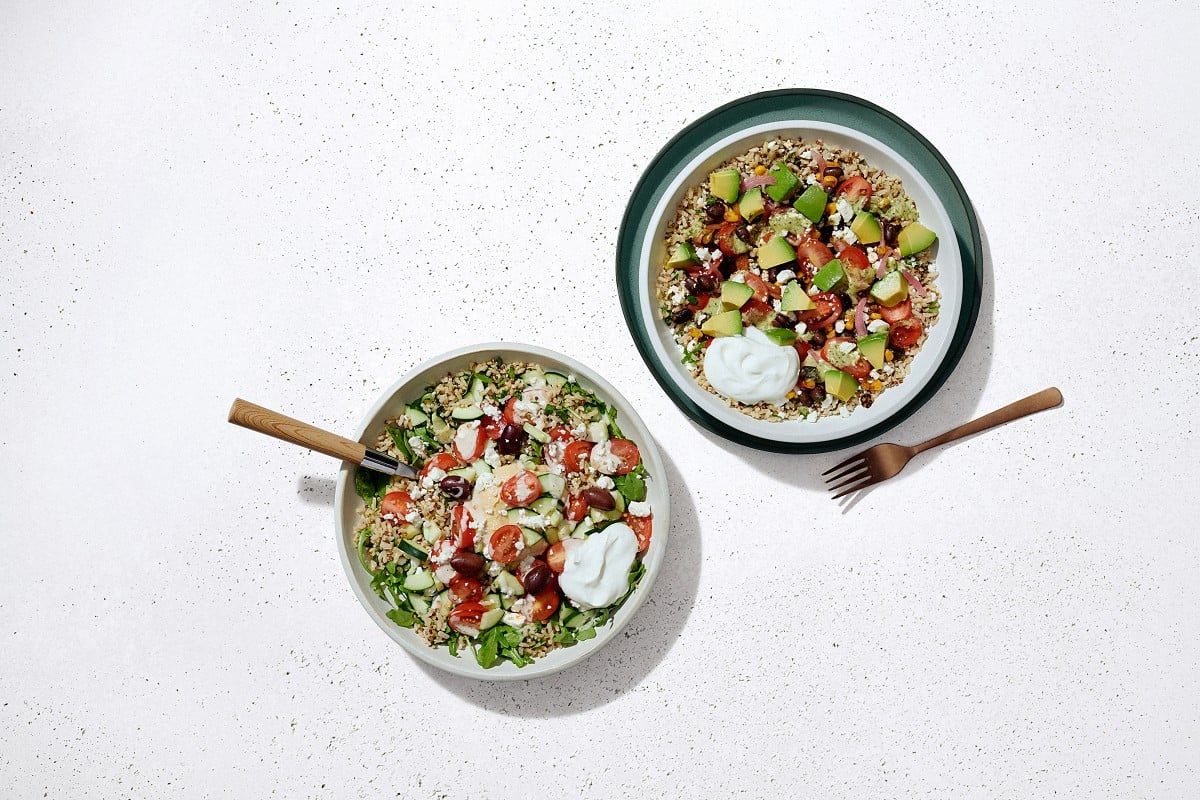New scorecard shows why plant-based protein will win in foodservice

Every year, GFI evaluates the quantity and mainstream appeal of plant-based entrées on the menus of the top 100 U.S. restaurant chains in our Good Food Restaurant Scorecard. The latest data from 2019 indicates more restaurants now have at least one plant-based entrée option, increasing from 55 chains in 2018 to 58 at the end of 2019.
Despite these promising numbers, nearly half of America’s largest chains still don’t offer a plant-based entrée. However, the numbers indicate that plant-based proteins will ultimately win in foodservice, and every restaurant should get on board. Here’s why:
1. Demand for plant-based foods is soaring
Plant-based foods are a top trend in independent restaurants around the U.S. This is part of a broader trend we’re seeing everywhere. For example, according to SPINS data commissioned by GFI and the Plant Based Foods Association, plant-based milk now has an almost 40 percent share of all milk sales in natural food stores (period ending April 21, 2019, from the SPINSscan Natural, Specialty Gourmet, and Conventional Multi Outlet (powered by IRI) channels). Meanwhile, plant-based meat is up to an 8 percent share of all meat sales in natural food stores — a positive sign for future adoption of plant-based foods.
2. Alternative protein has staying power on menus
Plant-based food sales aren’t just a passing fad. According to a recent Gallup poll, 6 in 10 Americans who have personally tried plant-based meats say they are “very” (27 percent) or “somewhat likely” (33 percent) to continue eating them. Numerator reports that 80 percent of consumers will replace at least a small portion of their legacy meat consumption with plant-based meat over the next year. They also found that nearly 30 percent of consumers prefer plant-based meat (compared to 50 percent who prefer animal meat).
Plant-based foods have wide appeal across geographies, income, education levels, and ethnicities. Plant-based foods do appeal to all generations, but it’s off the charts for Millennials and Generation Z. As these generations age into increased purchasing power, restaurants that are looking to the future need to be prepared for a tidal wave of demand for plant-based foods.
3. Restaurants with plant-based options are meeting growing consumer demand
Many restaurant chains have invested big in marketing their plant-based items, both through traditional channels like television and through prominent in-store signage. Plant-based items have stayed on menus at early adopter chains like TGI Fridays, Carl’s Jr., and White Castle. And some chains have doubled down by adding more plant-based items, including Carl’s Jr., A&W Canada, and Burger King.
Other market research shows positive signs for plant-based food adoption across a growing number of foodservice chains. According to Datassential, the term “plant-based” has grown over 300 percent on menus in the last year. NPD Group’s SupplyTrack service reports that plant-based burgers currently enjoy a 3.5 percent market share in U.S. fast-food restaurants. According to GrubHub, vegetarian- and vegan-friendly dishes took over seven of the top 10 most-ordered dishes in 2019, up from only three of the top spots in 2018.
As consumer demand for plant-based foods continues to grow, the earliest adopting foodservice providers are reaping the rewards of adding these options to their menus.
Want to learn more about plant-based trends in the foodservice industry and see how the top chains compare? Dig into GFI’s latest Good Food Restaurant Scorecard to learn more.
Header photo courtesy of Panera Bread.

